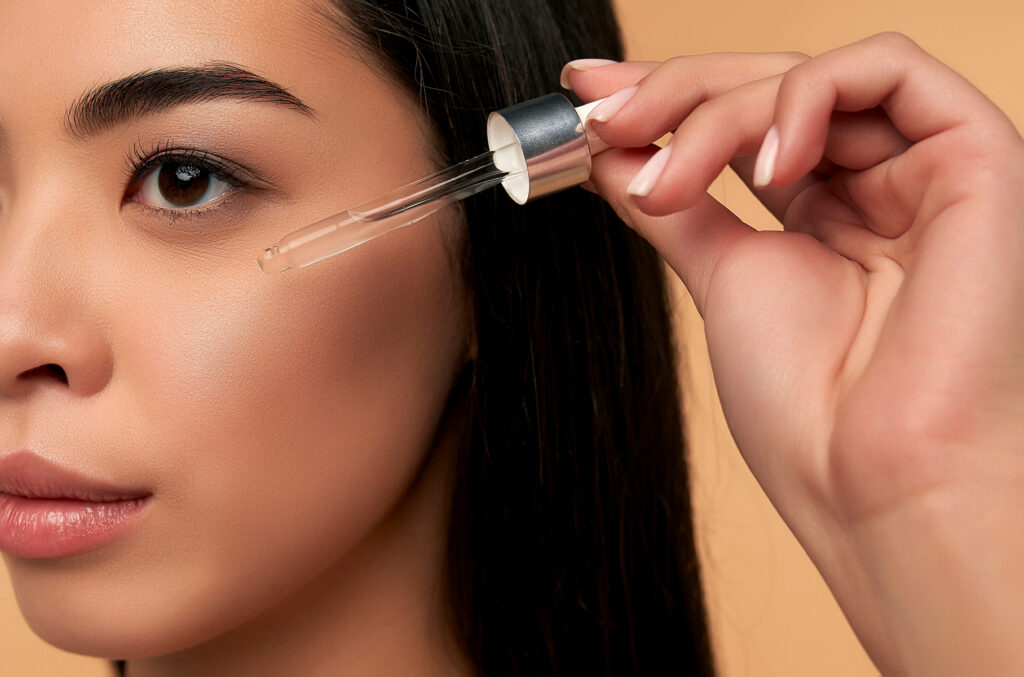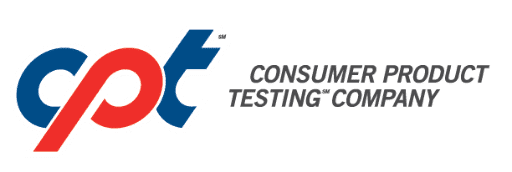Why Are Cosmetic Claims Substantiation Studies Important?
When approaching a claims-support study for any product that produces a cosmetic endpoint, it is important to understand the types of claims available. Puffery, or emotive claims, are meant to grab the emotions of consumers but don’t necessarily say much about product benefits. Performance-based claims need to be supported by a sound, scientifically-based study.
With any clinical efficacy trial, the study design is key to the strength of the claims made, and the acceptability of the data produced if the claim is challenged. When approaching any cosmetic claims substantiation efficacy trial, certain questions must be answered.
For example, is the desired claim a subjective claim, or an objective claim? A subjective claim would be a claim such as “masks odor”; it is subjective because it is a sensation. Other subjective claims could be based on questionnaire data; they are subjective because often there is no validated measurement in use. Subjective claims can be very effective but are not as strong as objective claims. A subjective claim may state “78% of subjects saw a reduction in wrinkles,” whereas an objective claim may read, “a 78% reduction in wrinkles.”
Supportive data for objective claims are generally more expensive to produce because they require the expertise of highly-trained technicians using instrumentation, or calibrated by expert graders. Expert graders are a good addition to any study, as they can assure clinical relevance.
There are two burdens of proof when a claim is made: statistical significance and clinical relevance. The former refers to whether or not the data across the panel of subjects showed a statistically significant, or meaningful change in the parameter measured. Clinical relevance means, can the change be observed by the consumer.
In today’s competitive marketplace, it is essential to have both statistical significance and clinical relevance in the completed study. Without both, the claim may be rejected legally, either in a class action lawsuit or a competitive challenge.
Types of Cosmetic Claims Substantiation Studies
Integral to choosing a study design, companies must decide on the type of study to be conducted. Will the study be blinded or unblinded (e.g. do the volunteers and the study administrators know what product is being evaluated)?
Monadic Studies
In a monadic study, also known as baseline controlled, only one product is evaluated. Intermediate and final measurements are compared to a baseline. This type of study is used when a control is not easily made or available. If testing a moisturizing cream, for example, any cream will be moisturizing, so what is the control product?
Crossover Studies
Crossover studies are another option. In a crossover study, volunteers are randomly assigned into groups. Each group is assigned a study product to start the trial; this way, each product is used first by at least one group, nullifying the first-used product bias, which is especially important in studies that rely on questionnaires for data. There is then a use period followed by measurement, a rest phase to allow the effects of the first product used to disappear, and a remeasurement.
Following the remeasurement, the subject group or cohort begins the use of the next product. The strength of this design is that all products being compared were evaluated on the same subjects. This type of study is especially important to compare similar products.
Placebo-Controlled Studies
Finally, there are placebo-controlled studies. These are typically conducted when possible in a double-blind manner, where the investigator and the subject do not know which group is using the placebo control. There are times when it is not possible to create a true placebo control, and unless the identity is known only to the study sponsor then the study would be conducted as a single-blind study.

Measures of Performance in Cosmetic Claims Substantiation Studies
With an understanding of claims and study design, consider how to measure product performance. Objectively measuring the performance of a product is the same regardless of what is tested, as the actual measurement is endpoint driven. When gathering instrumentation data as a primary measurement of product performance, it is important that the instrumentation is “industry standard” or has been validated for the measurement being considered. That’s not to say that new instrumentation cannot be used in the study; however, the instrument should be validated against an existing technique. Additionally, the instrument being used should be calibrated either on a routine basis or at the time of use.
To gain additional information on product benefits and to add to clinical relevance, a questionnaire can be added to any clinical study. There is risk in adding a questionnaire to a study of this nature, however. If the questionnaire data does not align with the objective data then it would be difficult to use the data to defend the claim.
Clinical photography should always be considered. The adage, “a picture is worth a thousand words,” applies here as well. Incorporate images into marketing programs; if challenged, the picture may be able to enhance legal defense. Clinical photography is typically different from photography used for advertising products as it usually focuses on a very specific area or feature.
Additionally, these photographs should be taken on a photographic system that allows for lining up the subject, in the same manner, each time and that does not allow for the image to be altered. If the image is used for making measurements then it should also be validated.
Choosing a Laboratory for Efficacy Studies
When choosing a laboratory to conduct an efficacy study, there are several considerations.
Consider the testing environment. If the claims are based on a visual color evaluation, make sure the lighting in the evaluation area is sufficient to see that color. Most skin-related studies must be conducted in an environmentally controlled room, with appropriate equilibration time, as when measuring the skin, temperature and humidity are critical.
It is advisable to conduct many skin studies in the cold, dry months as changes in humidity and elevated temperatures can skew results, and not necessarily for the better. When humidity increases, skin typically appears more hydrated, which can affect results. When temperatures rise, subjects perspire, which could skew moisturization values higher, or the subject may become somewhat dehydrated, which could skew moisturization values lower.
A reputable and experienced laboratory will ensure your study is conducted properly and account for any potential pitfalls.
Subject Selection for Cosmetic Claims Substantiation Studies
There are many questions to consider when a laboratory is recruiting subjects for a cosmetic claims substantiation study. For example, some common questions include: How many subjects? Who is to be included? Who is to be excluded? Are they in the same condition at the start of the study?
The number of subjects to be included is difficult to know. If you were to ask a statistician to conduct a power computation, you would need to know the incident rate of the change you are measuring; as most of the products being tested are in development, this can be estimated but not necessarily known.
As of the writing of this article, the industry best practice is 30–35 subjects, simply because many retailers look for that many subjects.
The demographics for a study depend on the market for the product. If the product is geared toward a specific age group, ethnicity, or specific condition, the volunteers should fit that demographic and have the specific condition. Subjects who fall out of the selection criteria should be excluded from the study.
Some Additional exclusion criteria typically include items like medication that would interfere with the study, medical conditions, pregnancy, and inability to follow study directions.
Cosmetic Claims Substantiation Study Duration
Study duration is usually determined by how long it is estimated it should take the product to produce the desired result. If a product should reach peak efficacy in most subjects in six weeks, many may want to stop the study at that point. However, consider conducting the study for significantly longer, perhaps as much as 12 weeks. As with many population-based statistics, peak efficacy for different people happens at contrasting times; it may even resemble the classic bell curve. Lengthening the study allows time for the slower reactors to hit peak product efficacy and will provide enough time to evaluate any regression. With longer study durations, it is advisable to have periodic evaluations during the course of the study.
In order to bring subjects to the same condition prior to the study, it is often advisable to have a conditioning phase prior to the taking of baseline data. During a conditioning phase, study volunteers may be prohibited from using their normal cosmetic products and be asked to use only cosmetic products supplied by the laboratory.
Final Suggestions
Here are a few final suggestions for what to look for when placing a study of this nature at a contract facility. Audit the laboratory for calibration, training of expert graders, and technical staff. Remember you are responsible for the claims you make; make sure the data makes sense. There should be some variance in the data, as not all subjects will react the same to your product. The adage “if it looks too good to be true, then it probably is” holds up here.
When you are looking for claims substantiation trials for cosmetics, you need a partner you can trust. We have been providing cosmetic claims substantiation testing to industry-leading clients. Contact us today if you have any questions or are in need of cosmetic testing.


